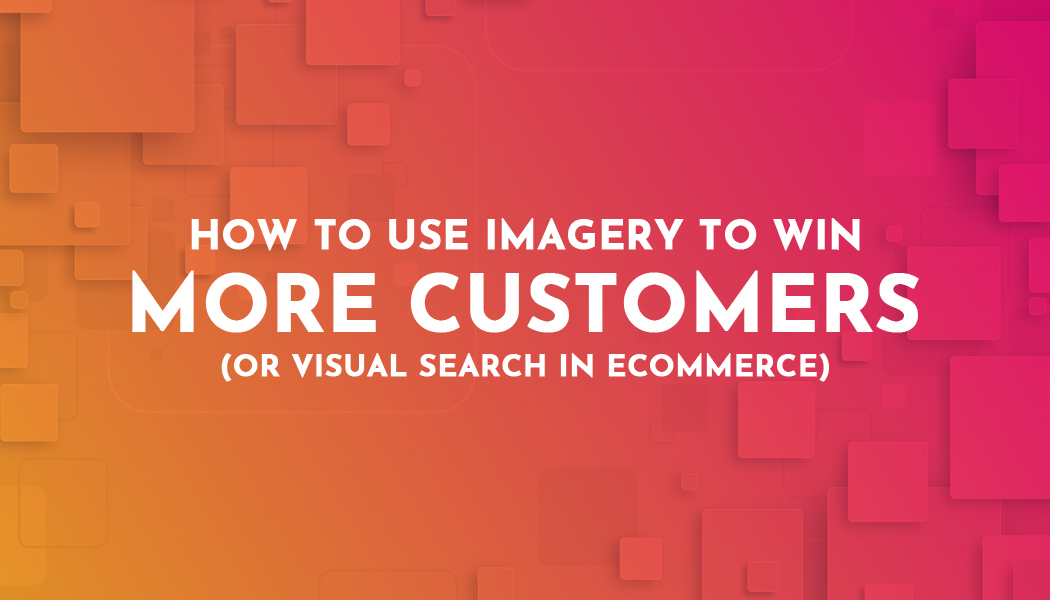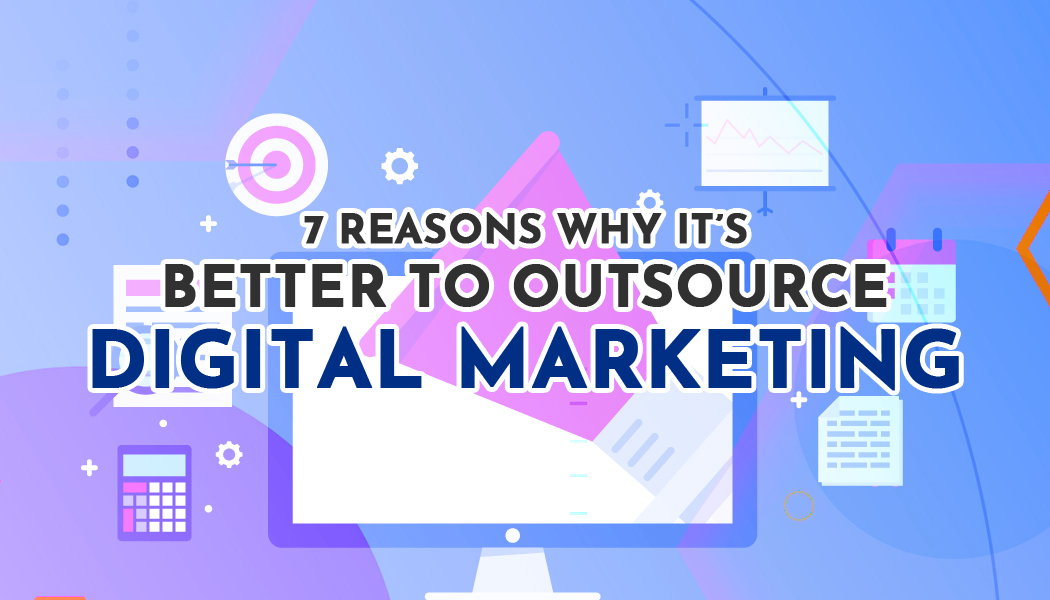How to Use Imagery to Win More Customers (or Visual Search in Ecommerce)
Image management is one of the most crucial aspects of business for an e-commerce website. Let’s take a look at how AI, visual search, and digital asset management can help you increase conversions on your e-commerce website.
We sat down with our friends from a leading Chicago web design company to create this guide. We talked about the development and fundamentals of visual search in e-commerce and how web designers utilize the currently available technology in this sphere.
Artificial intelligence is quickly changing the way we do business in all walks of life, digital marketing included. One of the most notable ways AI helps digital marketing agencies is by managing their digital assets, such as images. Additionally, AI is making significant strides in optimizing operations across various industries, including Telecom and IT recycling, streamlining processes and contributing to more sustainable practices.
Images are hugely important when it comes to increasing conversions and boosting the revenue of online retailers. Since users still can’t touch or otherwise engage with a product through the internet, they rely on visual information. This forces online image editor free stores to make full use of computer vision and AI technologies to optimize their digital assets for visual search.

What Is Visual Search?
In the most basic terms, a visual search is performed by using an image to search for other photos. For e-commerce stores, this comes into play when someone uses a product image to find similar-looking items. The recommendations provided by the search engine, in this case, can include related brands, products from the same line, etc.
As the e-commerce market becomes increasingly saturated with a slew of similar products entering the scene pretty much every day, digital marketing experts recommend that online stores optimize their websites for visual search.
At an age when consumers overwhelmingly steer towards convenience, businesses that don’t adopt this and other processes into their strategies will struggle to remain competitive.
5 Benefits of Visual Search in E-Commerce
As we briefly mentioned above, visual search relies on search engines examining the components of an image to produce relevant results. The results of these searches are often other images, but also information such as map locations, reviews, and product pages.
Visual search could drastically change the shopping experience in online retail, making it much quicker and easier for consumers. This would, in turn, yield some incredible benefits for store owners and retailers as well.
Think of it this way — a customer who has an easier time finding a product they’re looking for is one step closer to making a purchase.
Let’s look at some of the key benefits of visual search engines for e-commerce stores.
1. Shorter customer journey
The critical difference between keyword search and visual search is that the latter allows customers to turn mental pictures into purchases without sifting through thousands of similar search results or figuring out the exact keyword phrase.
As we said, the easier it is for a customer to find the product they’re looking for, the more quickly they will make the purchase. Studies have shown that visual searches result in checkout in half the time compared to text-based searches.
2. Increased customer loyalty
If you can make a customer’s life easier, they’ll remember it.
With so many e-commerce websites competing for customer loyalty across all sectors, making the shopping experience faster and more convenient is sure to pay dividends. Therefore, visual searches are likely to keep customers returning to your store for a long time.
Uploading a picture can communicate to the search engine exactly what the customer wants instantly, and compared to a traditional text-based search, this is a much more enjoyable process for the consumer.
Cutting down the search time not only enhances the shopping experience but provides a convenience not offered by your competitors, which will help you retain customers over the long term.
3. Improved customer engagement and lower bounce rates
Customers who feel engaged in a shopping experience are much more likely to continue to browse even after they’ve added the item they were looking for into their cart. With visual search’s improved accuracy, the results provided by your store’s search engine are likely to be much closer to what your prospects are looking for compared to text-based queries.
The consideration and influence stages of the buyer’s journey are, thus, enhanced, as the customer receives genuinely relevant suggestions through exact matches or visually similar alternatives to their query.
This inspires users to continue their search as they discover variations they didn’t even realize existed. Visual search enhances customer engagement with all of your products and the site as a whole, guiding customers to the checkout page, increasing product exposure in the process.
4. Higher conversion rates
Customers using visual search know precisely what they’re looking for — they’ve got a picture of the item they want to buy, and they’re showing it to the search engine. If the search engine can then deliver the exact product, a sale is pretty much guaranteed.
As the shopping process is sped up, there will be more impulse buys since customers will have less time to ponder their decision.
It is easy to lose momentum and interest in the purchase if you’re forced to scroll through menu after menu, seeing less-than-accurate search results from a text-based search. But being presented with a genuinely relevant recommendation instantly, based on a visual cue, any customer is much more likely to covert.
5. Easier tracking and more accurate analytics
Retailers can track and measure visual search performance with ease. It is easy to tell when a customer has bought a product based on a visual search, whether it was precisely what they were looking for or something similar.
Brands get this information from looking at when shoppers clicked on a visual search result, which options and variations of the product they looked at, and when they made the purchase. This makes it easy to identify which product categories keep converting on visual searches, so you can double down on the products that deliver results.
You can see how many shoppers are clicking through to your product pages by monitoring traffic from visual search engines like Google and Pinterest through Google Analytics. This tool also calculates the conversion rates and the dollar amounts generated through these searches, so you can see exactly what visual search is worth to you.
Wrapping Up
In 2022 and beyond, visual search technology can only improve and become a more prominent aspect of online retail. By being one of the pioneers in implementing this advanced technology to your ecommerce store, you can set yourself apart from the competition and attract customers before the other websites in your niche have had a chance to react.
Increasing search accuracy through visual search lets you guide customers through the sales funnel much quicker, enhancing their engagement and securing more conversions in less time.
Whether you’re running a small e-commerce brand or an online retail juggernaut, visual search is a piece of technology you’ll not want to miss out on. It holds the potential to enhance your customer experience and bring you a wide range of benefits down the line.




